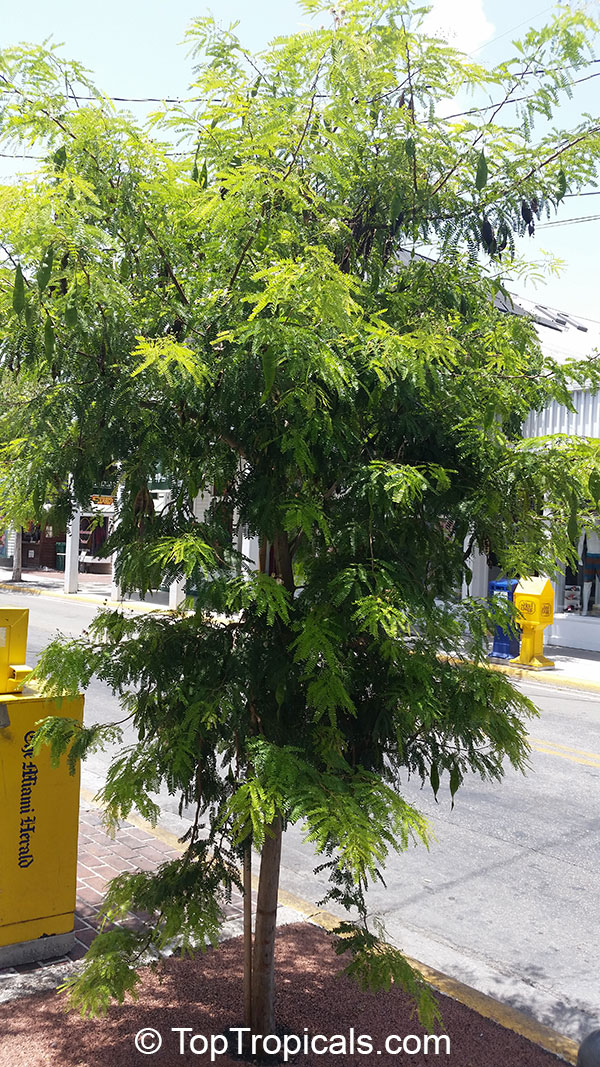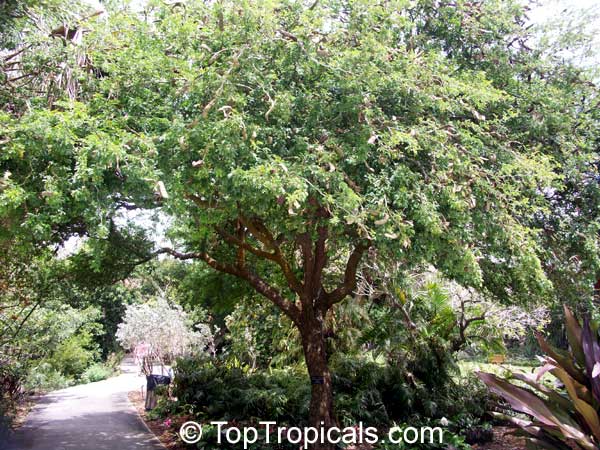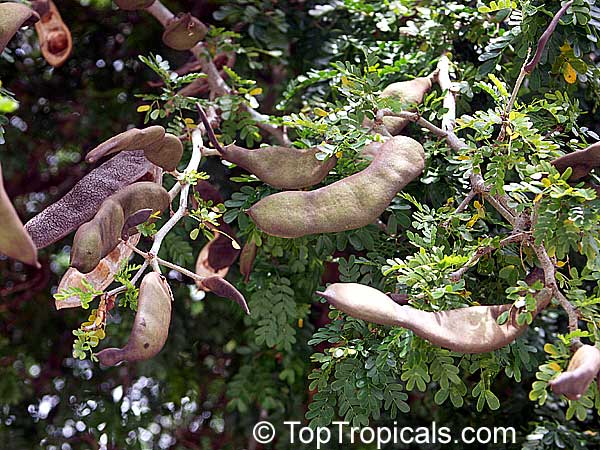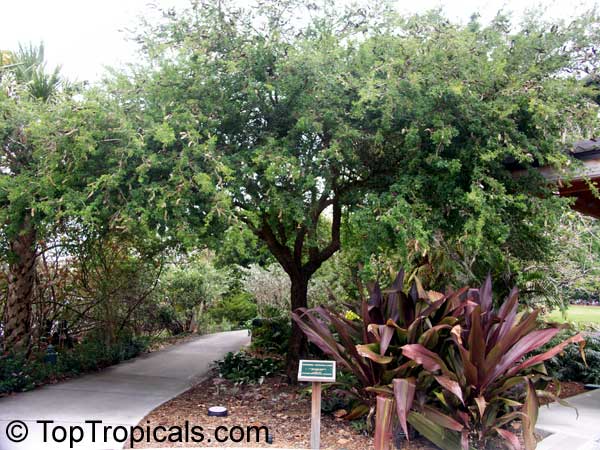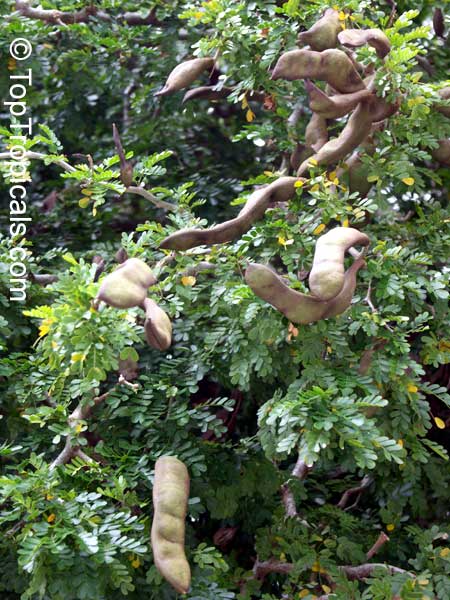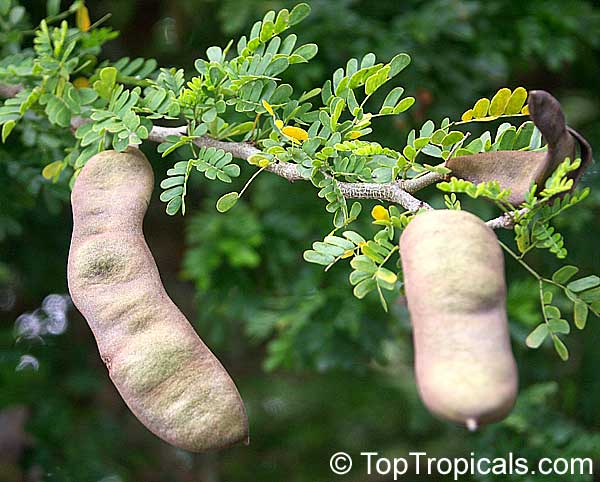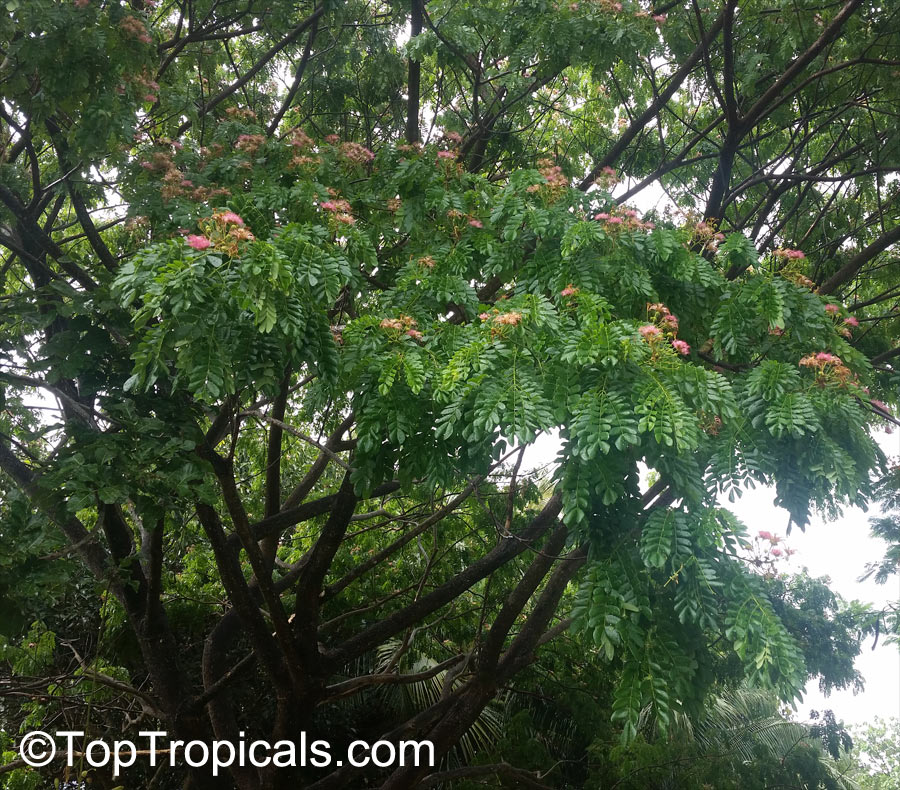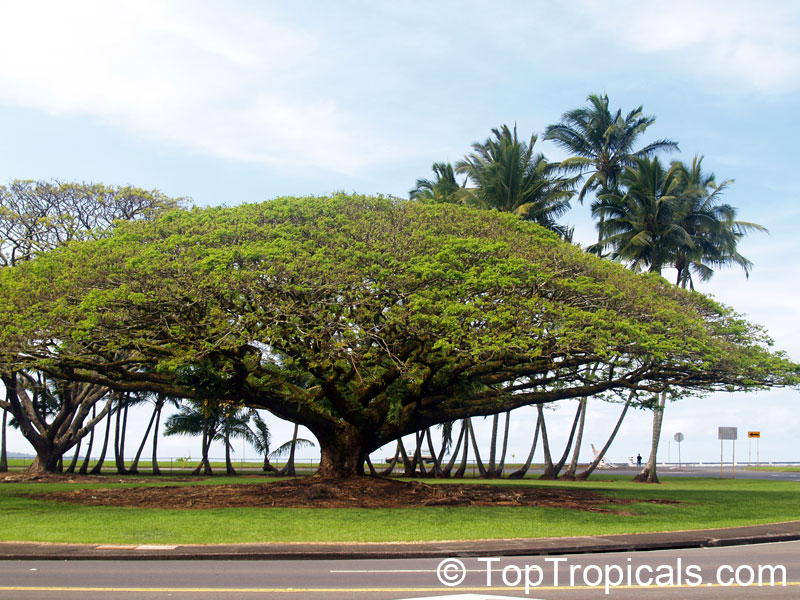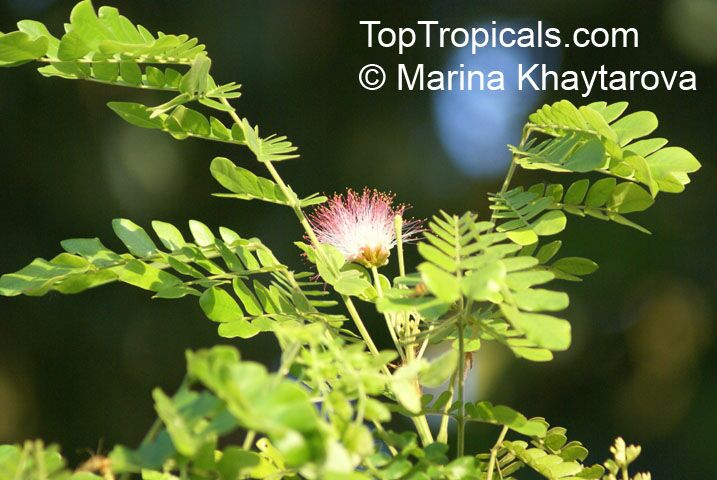Pithecellobium - Plant Encyclopedia Results
Top Tropicals Plant Encyclopedia
| Number of plants found: 6 |
Botanical names: Archidendron grandiflorum, Pithecellobium grandiflorum
Common name: Pink Laceflower
Family: Fabaceae
Subfamily: Mimosoideae
Origin: New Guinea, Australia






Botanical names: Chloroleucon tortum, Pithecellobium tortum
Common name: Brazilian Raintree
Family: Fabaceae
Subfamily: Mimosoideae
Origin: Brazil






It is native to Brazil, but can be grown all over the world. Chloroleucon tortum or Brazilian Raintree can be used for bonsai. In ground it grows as a small tree, generally 10-20 feet tall. It prefers full sun, though can take some shade, and moderate watering. It starts blooming with white, off-white flowers, in late spring or early summer. This small tree can be grown successfully in USDA zones 9-11.
When it comes to growing and caring for Chloroleucon tortum, they require well-drained, slightly acidic soils and regular watering, especially in hot dry weather, and an application of fertilizer in spring. Pruning is needed to maintain the desired shape and size. In cold regions, it's best to grow it in a large pot, so it can be brought indoors during wintertime. Plant the tree in a large pot and ensure that the soil is well-drained. Place the pot in a sunny spot, and make sure it's sheltered from harsh winter winds. Water the Chloroleucon tortum frequently, using lukewarm water. Don't overwater, as that can cause root rot. If it's grown in a pot, you can use a plastic pot or a ceramic container. It can be grown in USDA Zones 9-11. During winter, your tree will need some protection from frost. Once is has experienced temperatures of 30s F, it will need to be brought indoors and placed in a bright spot with warm temperatures.
Botanical names: Ebenopsis ebano, Pithecellobium ebano
Common names: Texas Ebony, Ebony Blackbead, Apples Earring
Family: Fabaceae
Subfamily: Mimosoideae
Origin: Mexico, Southern Texas (USA)







Ebenopsis is a small genus, with only 2 species found in the United States. Texas ebony flowers are yellow or cream-colored umbels about 2" in length borne in paniculate clusters on the end of twigs. They appear from June to August. The legumes turn from green to dark brown or black as they mature in the fall. The wood of Texas ebony is used for furniture and fence posts, and the seeds can be used as a coffee substitute (they are boiled when green or roasted when ripe). Legumes are usually picked by hand from the trees and air-dried in the sun. The seed coats of Texas ebony are very hard, and few seeds will germinate without scarification.
Botanical names: Pithecellobium dulce, Inga dulcis, Mimosa dulcis
Common names: Bread-and-Cheeese, Madras Thorn, Manila Tamarind
Family: Fabaceae
Subfamily: Mimosoideae
Origin: Tropical America







Pithecellobium dulce, more commonly known as Bread-and-Cheese, is a small tree that grows to a height of 10-20 feet and enjoys full sun and moderate water. This deciduous plant is native to tropical America and has white or off-white flowers that provide a source of pollen for bees to make high quality honey. Bread-and-Cheese can be a productive fruit producer, with its yellowish-green, edible fruit pods that are 5" long and spiral as they mature. The pulp inside the pods can be sweet and acidic, and white or red in color. In India, the seeds are used fresh or in curries, and the pods can be eaten raw, and commonly used to make beverages.
The wood of the Bread-and-Cheese tree can be used as firewood, tannin, and soap oil, and it is also used to create hedges or shade. The tree's thin spines on its leaves raise the harshness of its site and it can be managed as a hedge, with trimming leading to an increase in thorns. Being hardy and being able to survive brief frosts and temperatures that go above 100F, it is considered cold hardy at least down to 30s F for a short period. It is evergreen in mild winters and deciduous in cold winters.
This makes it great to grow in yards, gardens, and landscaping projects in USDA Zone 9-11.
The fruit of the Bread-and-Cheese tree is known for being flavorful and beneficial for one's health. Not only is it rich in vitamins and lots of minerals, like iron, calcium, and magnesium, but it also has anti-inflammatory and anti-parasitic properties. It also helps to reduce cholesterol and it is known as a natural appetizer. When growing Bread-and-Cheese in cold regions, it is important to protect the roots of the plant from extreme freezing temperatures, as this is where the plant gets killed. One way to do this is to plant it in an large pot, and making sure to store the large pot in a cool place where it won't freeze.
Recommended Fertilizer: SUNSHINE C-Cibus - Crop Nutrition Booster
SUNSHINE-Honey - sugar booster
Last one
Botanical names: Pithecellobium flexicaule, Acacia flexicaulis, Ebenopsis flexicaulis
Common name: Texas Ebony
Family: Fabaceae
Subfamily: Mimosoideae
Origin: Texas to Florida, Yucatan








Evergreen tree, semi deciduous in the coldest part of its range, growing very slowly up to 30 feet tall (6 m), 30 feet wide (6 m); stems with zigzag jointing.
Drought tolerant; faster growth with irrigation, best with 1-2 deep irrigations per month. On the other hand, if it is used as a bonsai in a small pot frequent irrigation will be necessary.
Botanical names: Samanea saman, Albizia saman, Pithecellobium saman
Common names: Monkeypod, Rain Tree, Cenizaro, Cow Tamarind
Family: Fabaceae
Subfamily: Mimosoideae
Origin: Tropical America




As a fast-growing, large tree, Samanea saman (Monkeypod) can reach heights of up to 80 feet and a width of almost as much. For gardeners who haven't the space, pruning can be done to maintain size. In full sun, this tree can withstand a wide range of climates and temperatures, but generally thrives best in USDA Zones 9-11. The tree prefers moderate water throughout the year, but can tolerate periods of drought.
The long-lasting, pink 'powderpuff' flowers bring a burst of color to the landscape in late summer and early autumn. Deer rarely damage or consume the leaves or flowers. The pods have a sweet, sticky brown pulp, and are fed to cattle in Central America.
When planting Samanea saman, dig a hole twice the size of the root ball and mix equal parts compost and existing soil. Once planted, mulch and water regularly. In cold regions, it's best to grow this tree in a pot. For best growth, the pot should be moved indoors during winter.
This beautiful and easy-to-care-for tree adds a stunning and unique touch to any landscape. Its height, shade, and color make it an ideal accompaniment to any garden.
Use link to repeat this search:
https://toptropicals.com/cgi-bin/garden_catalog/cat.cgi?find=Pithecellobium&search_op=and&keyword_op=and&language=e
&number=10&no_change_lang=1&user=tt&sale=1&first=0


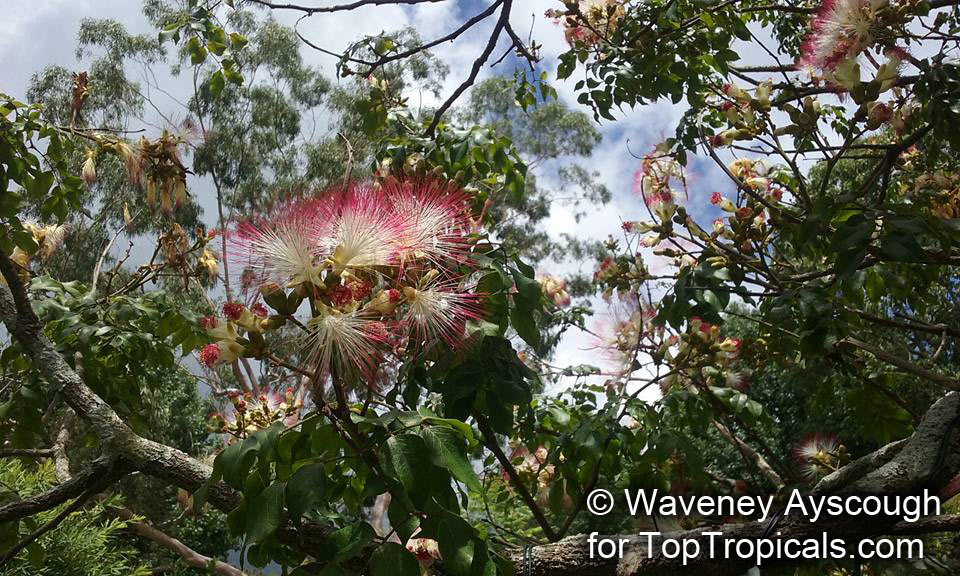
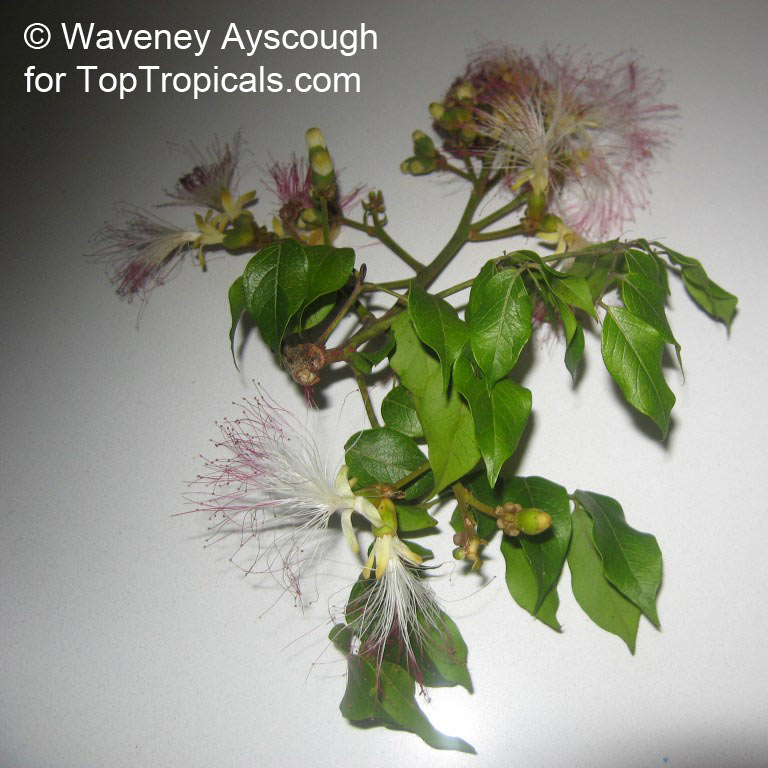
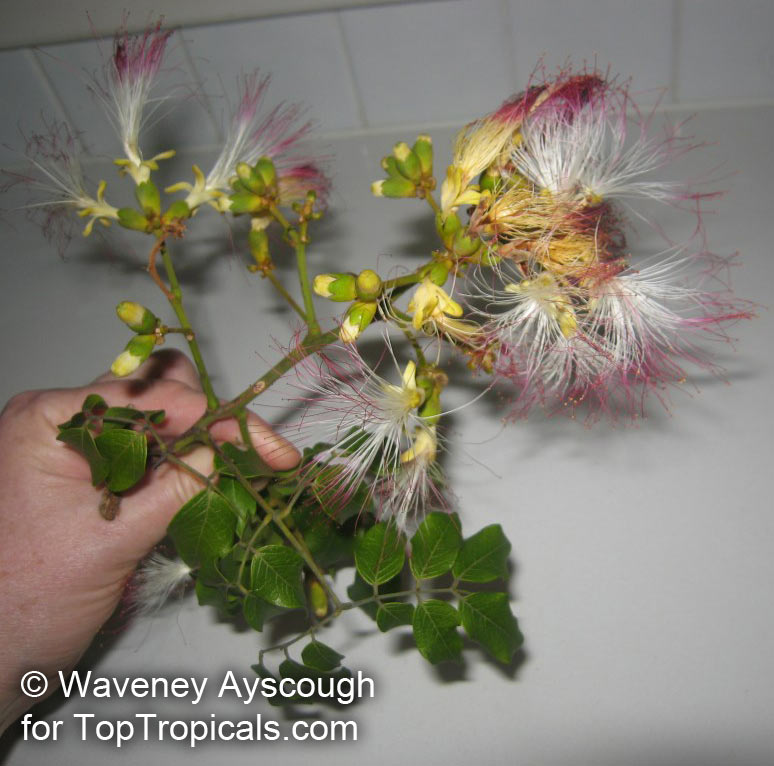
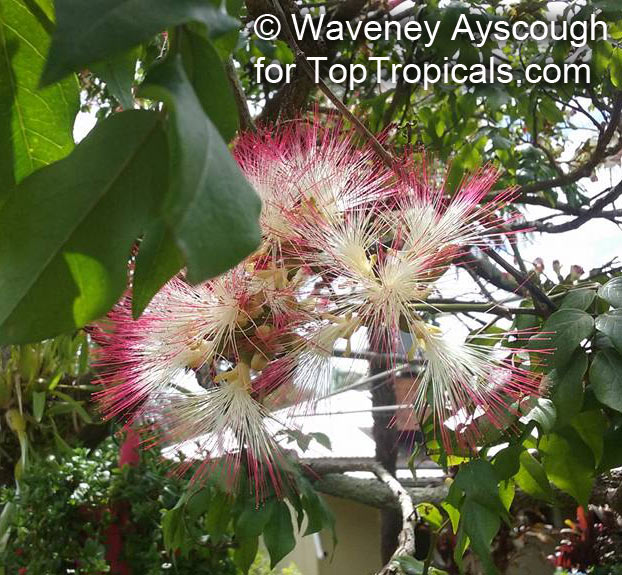
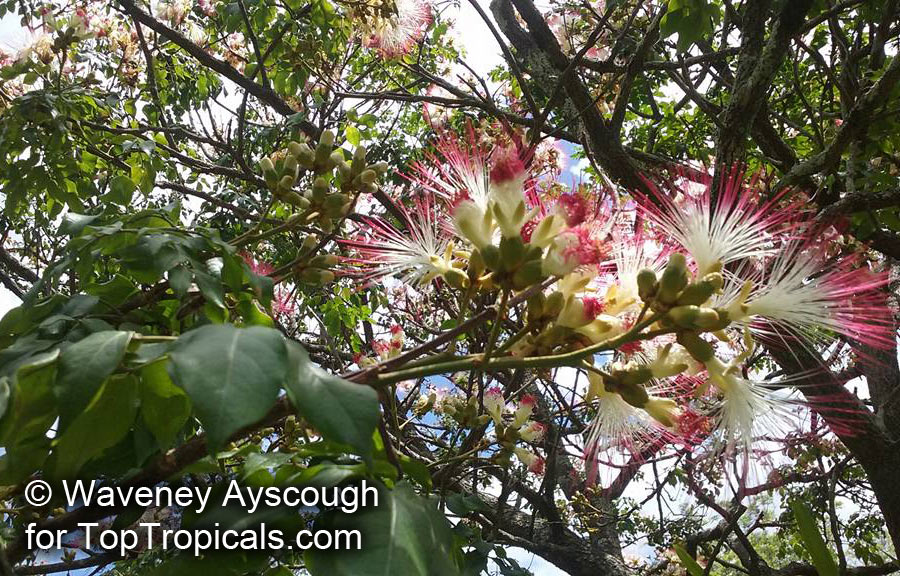
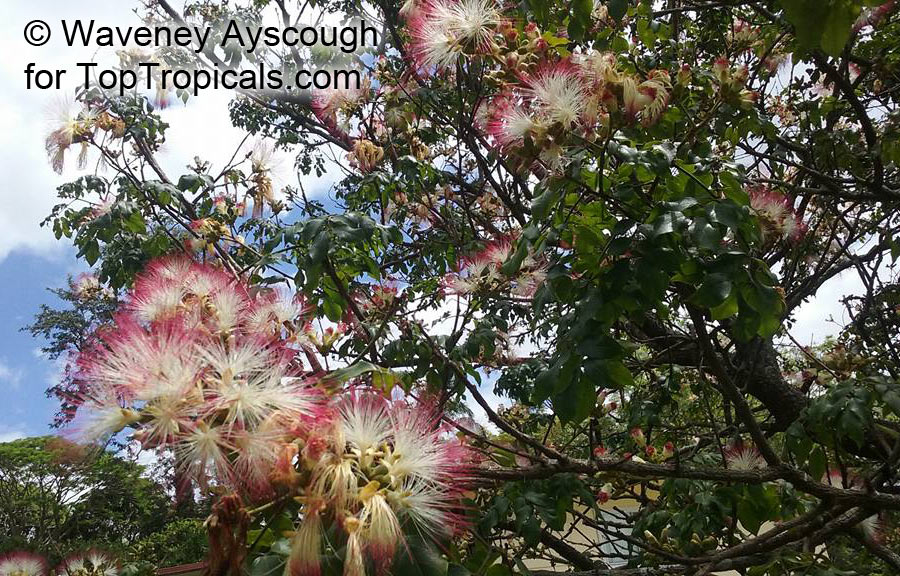
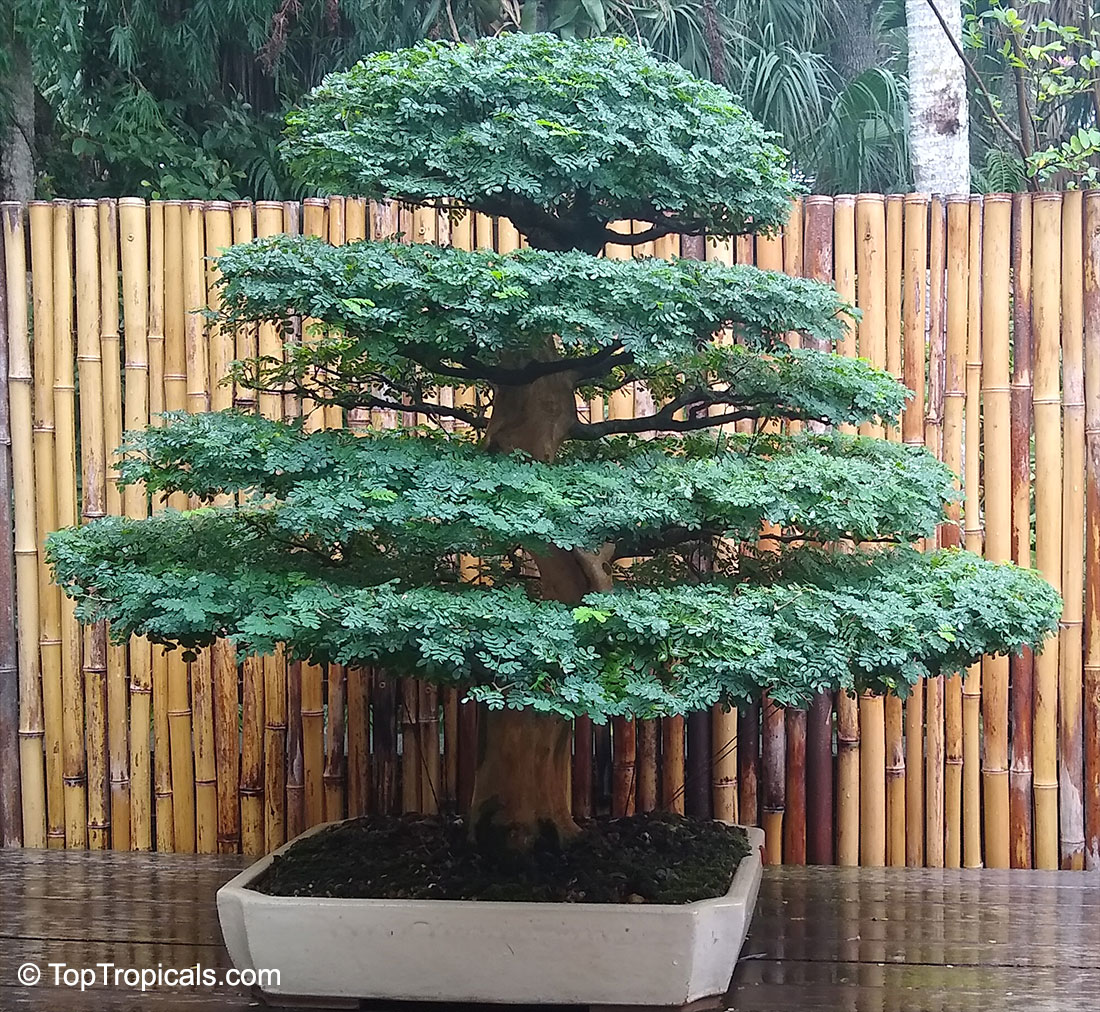
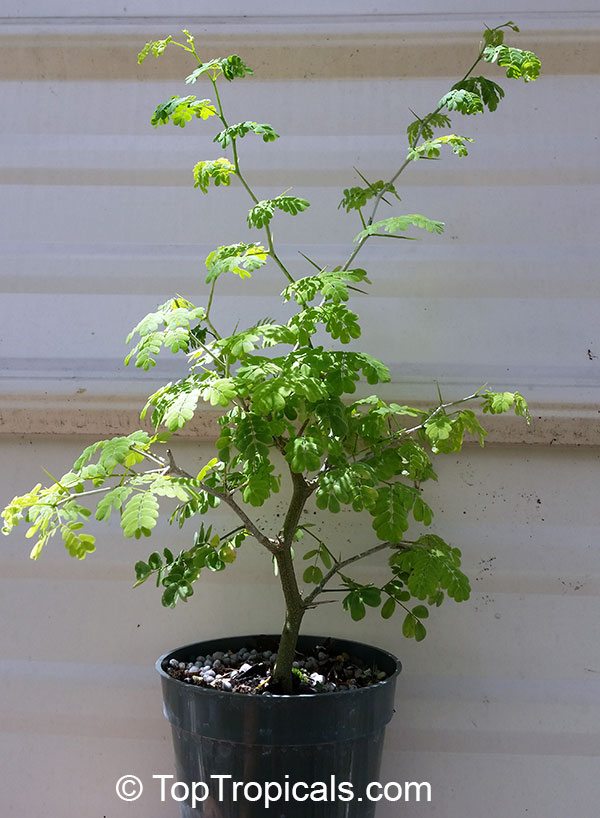
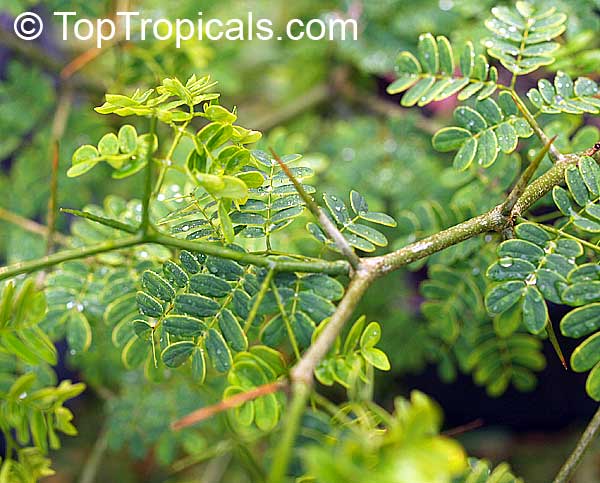
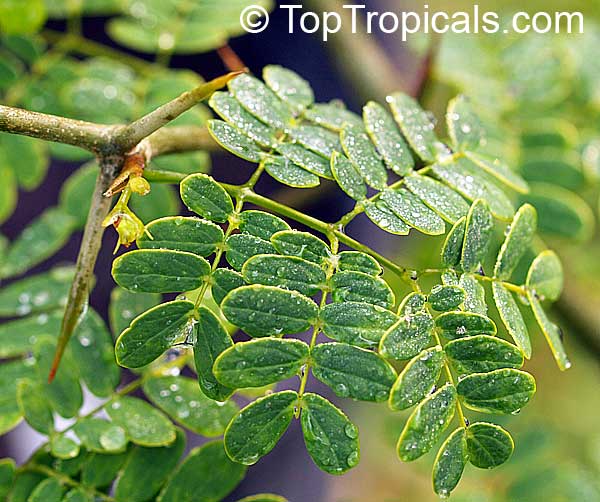
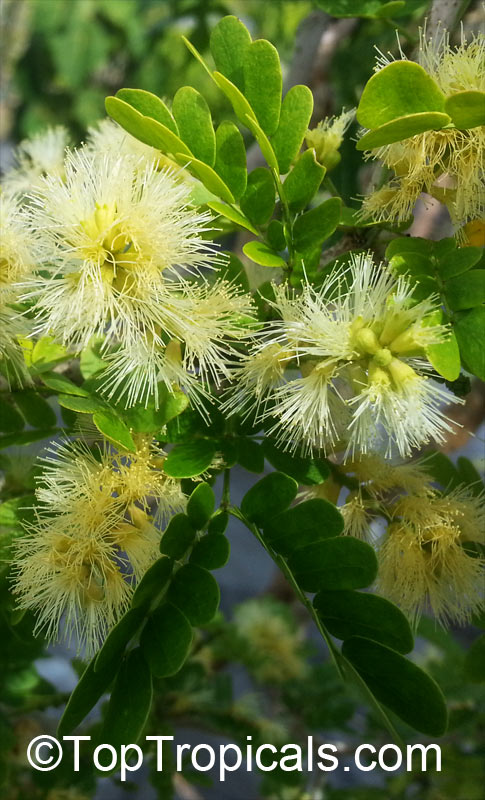
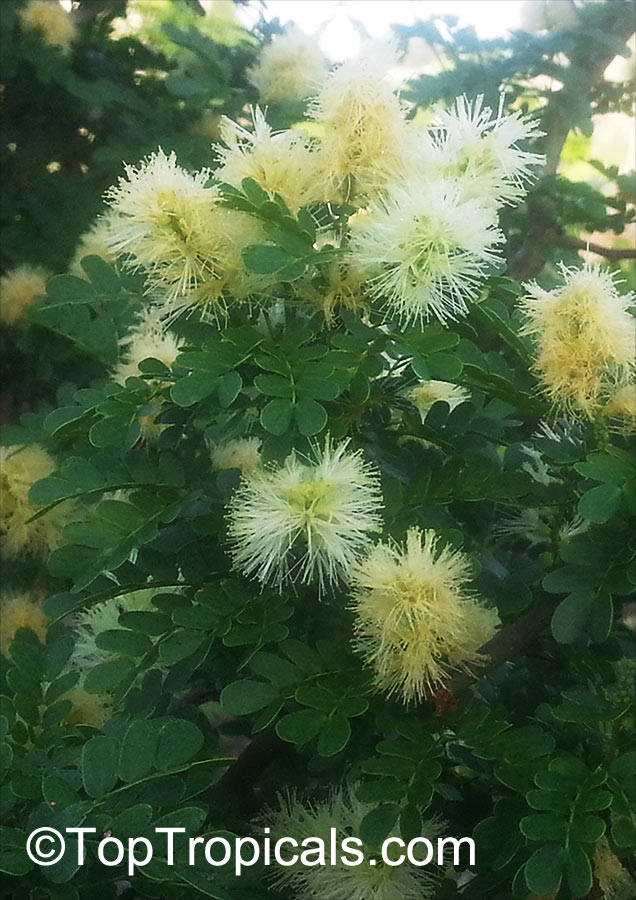
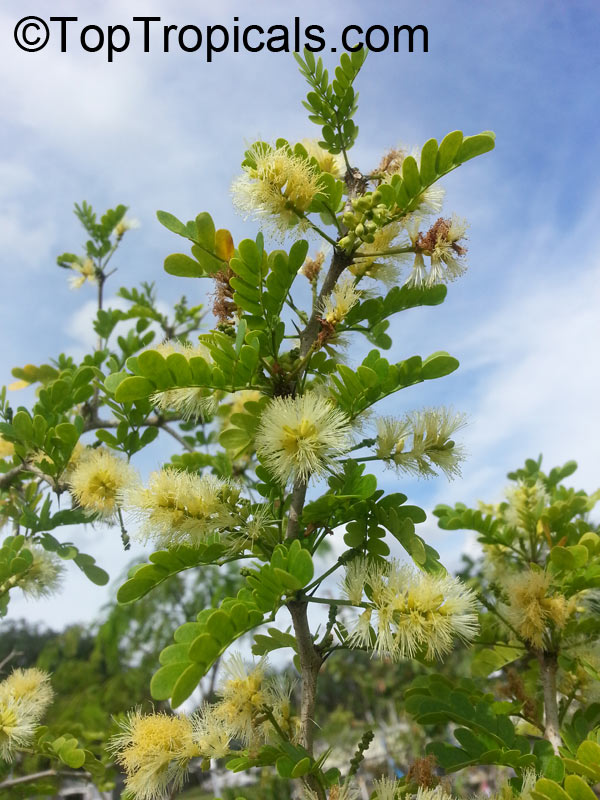
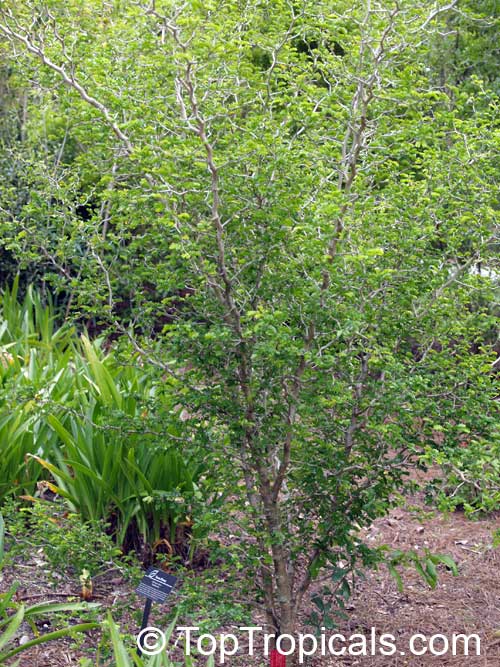
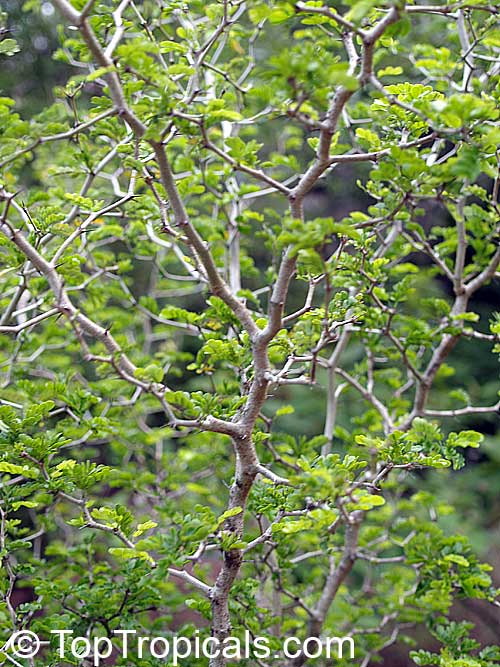
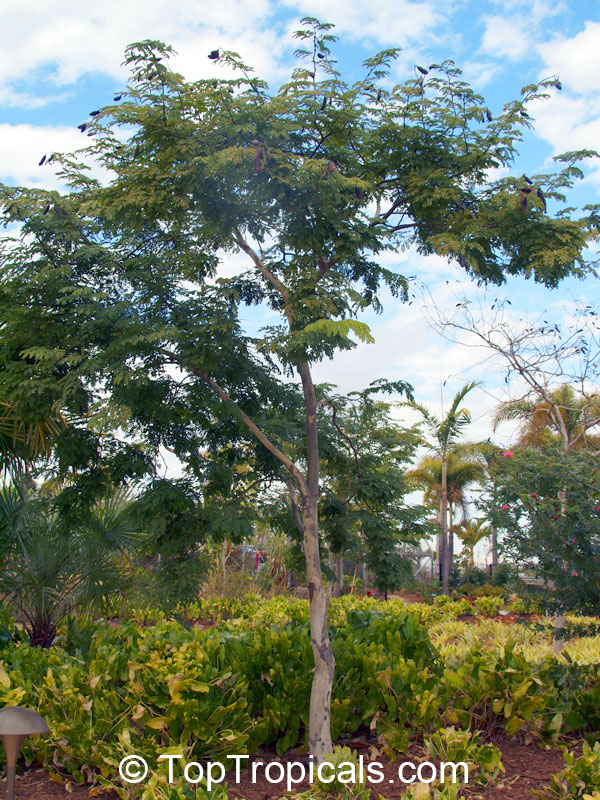
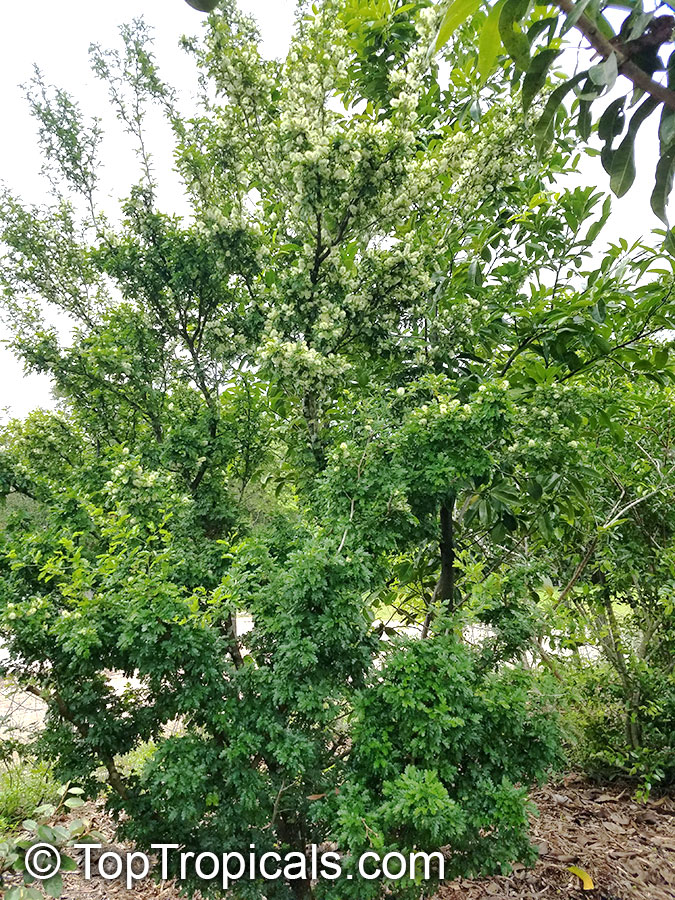
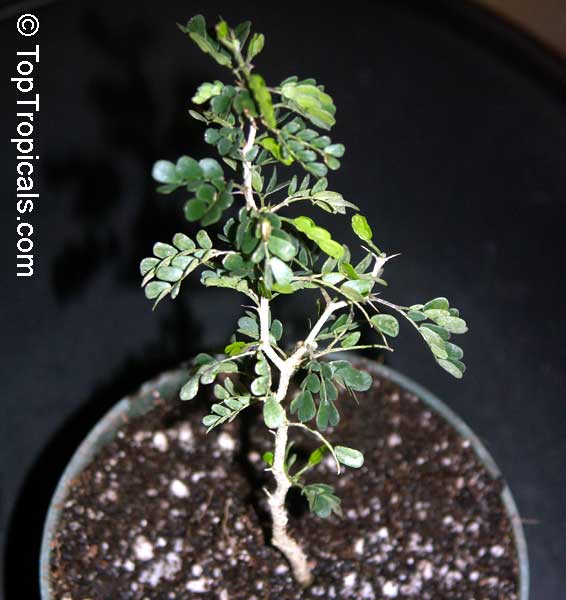
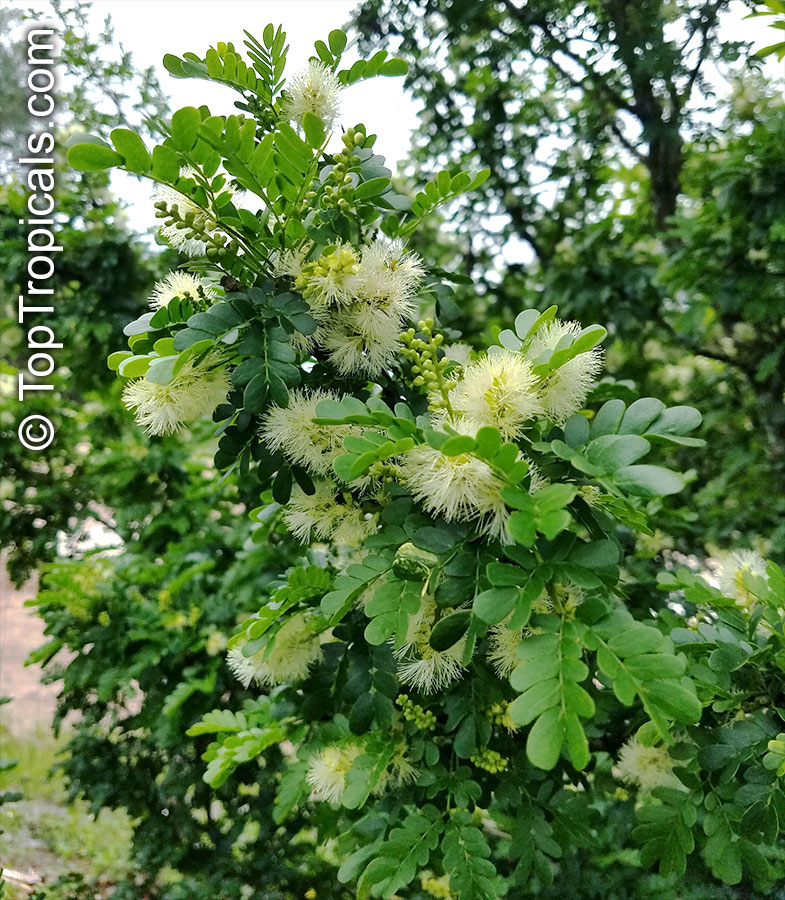
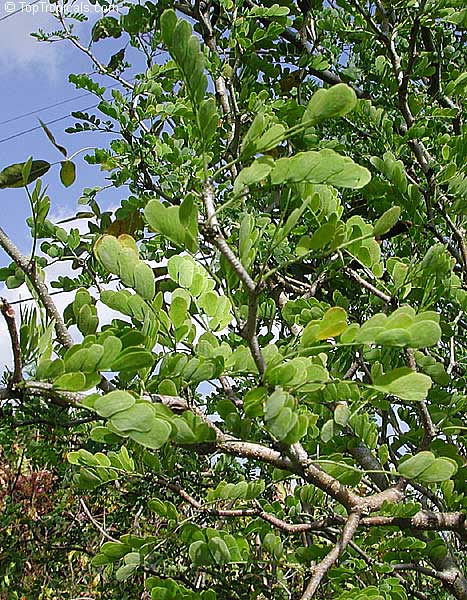
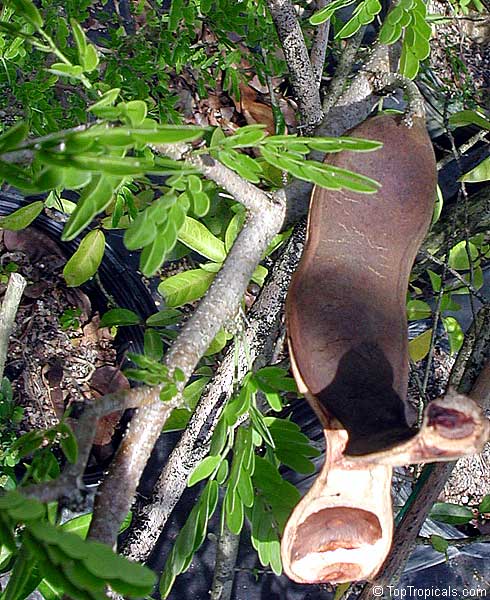
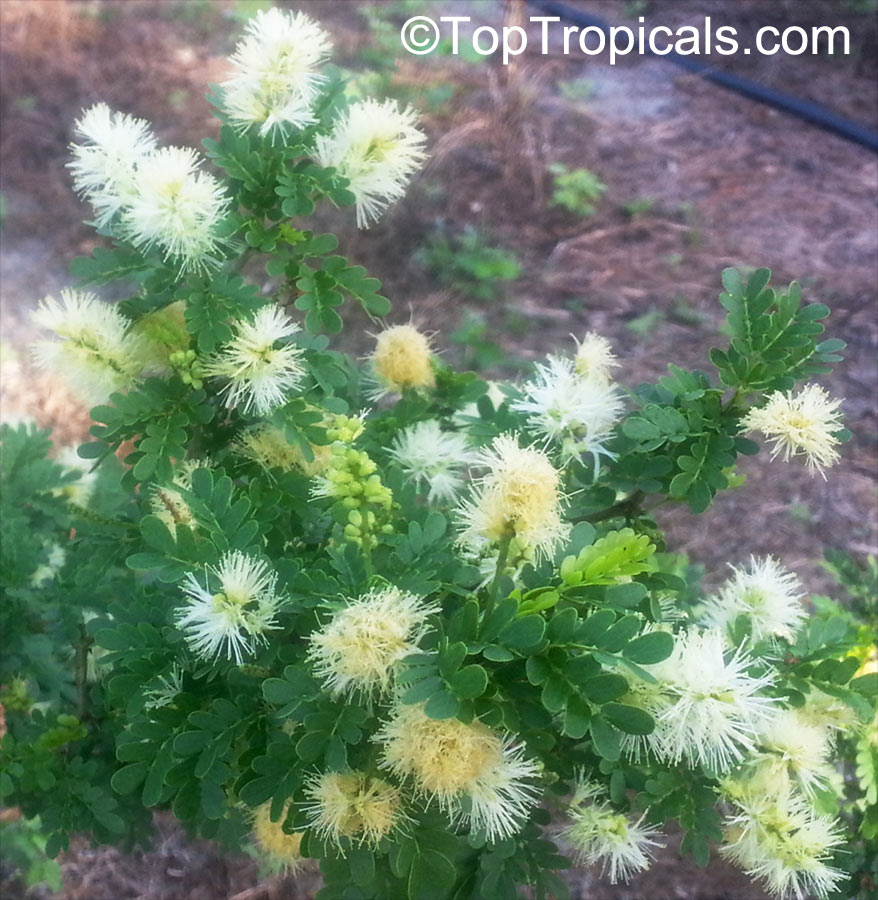
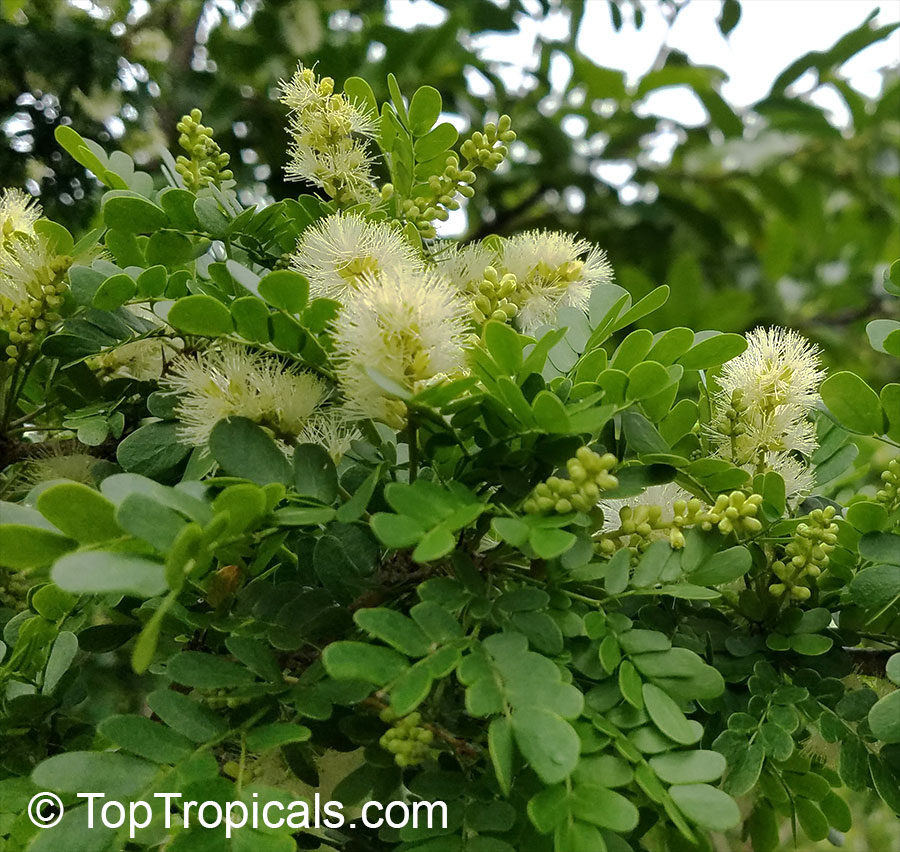
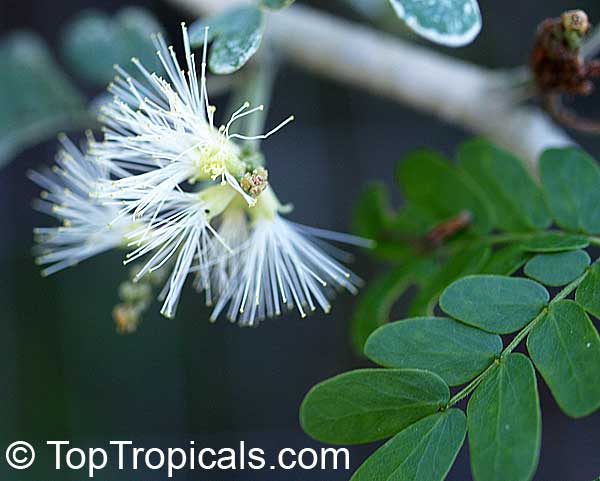
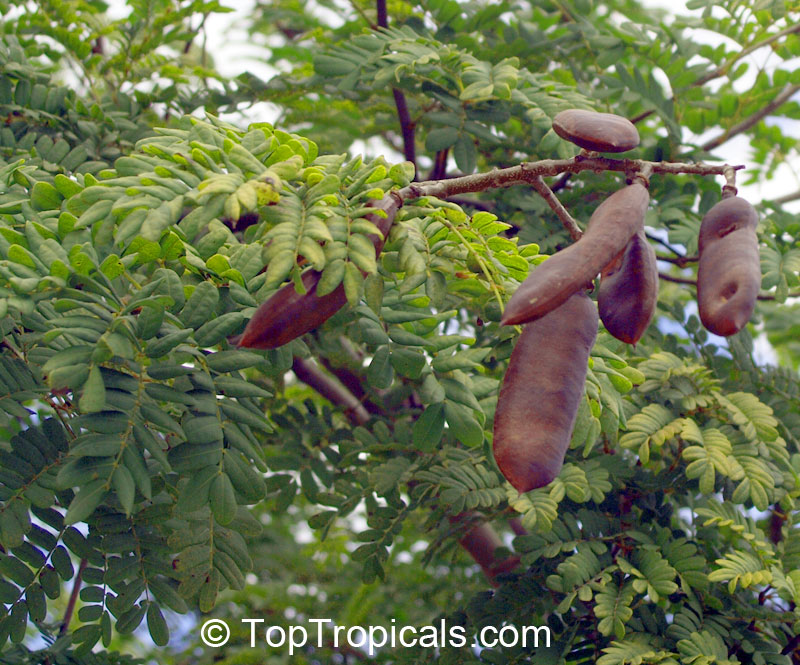
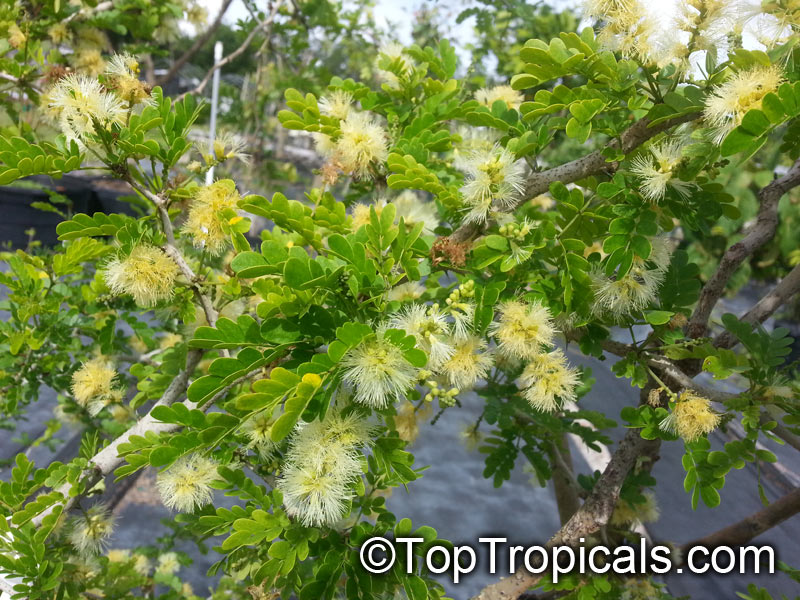
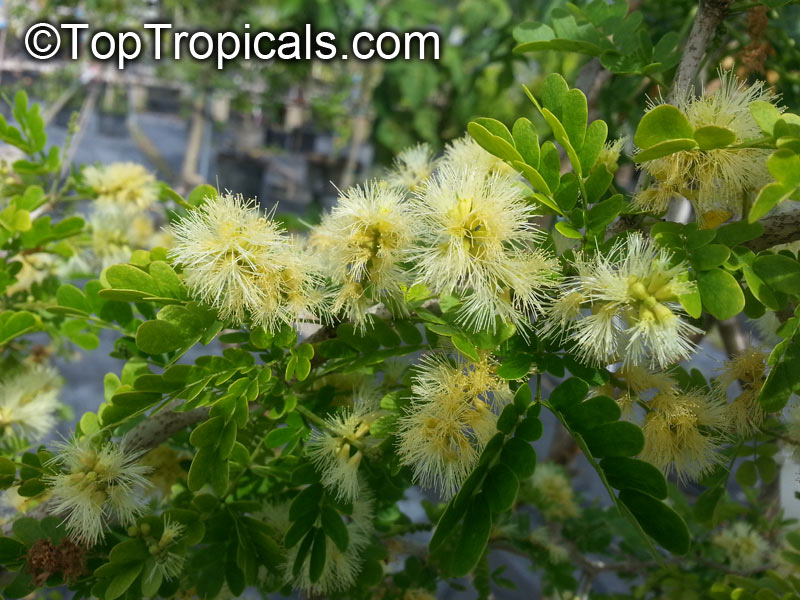
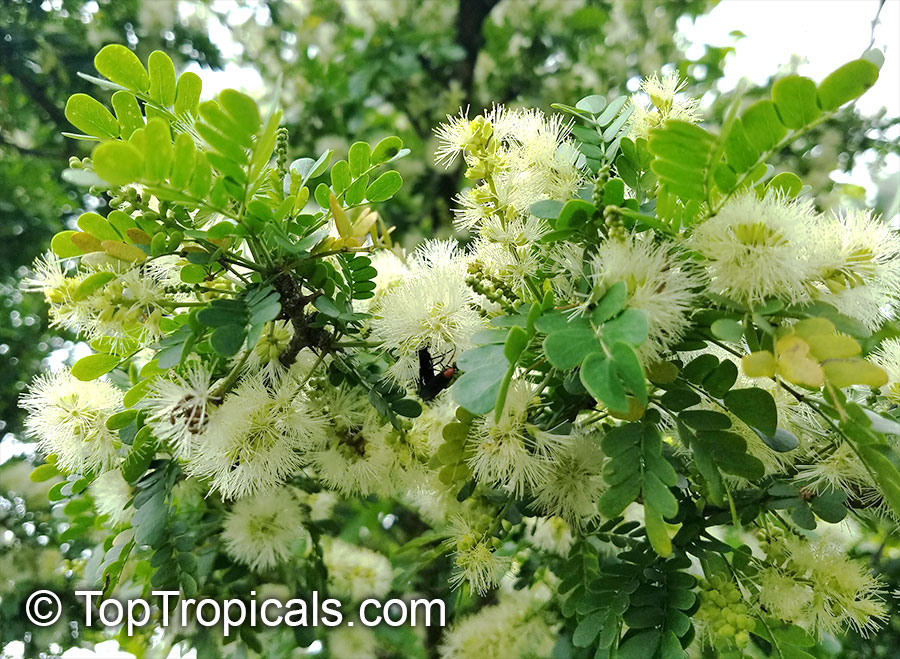
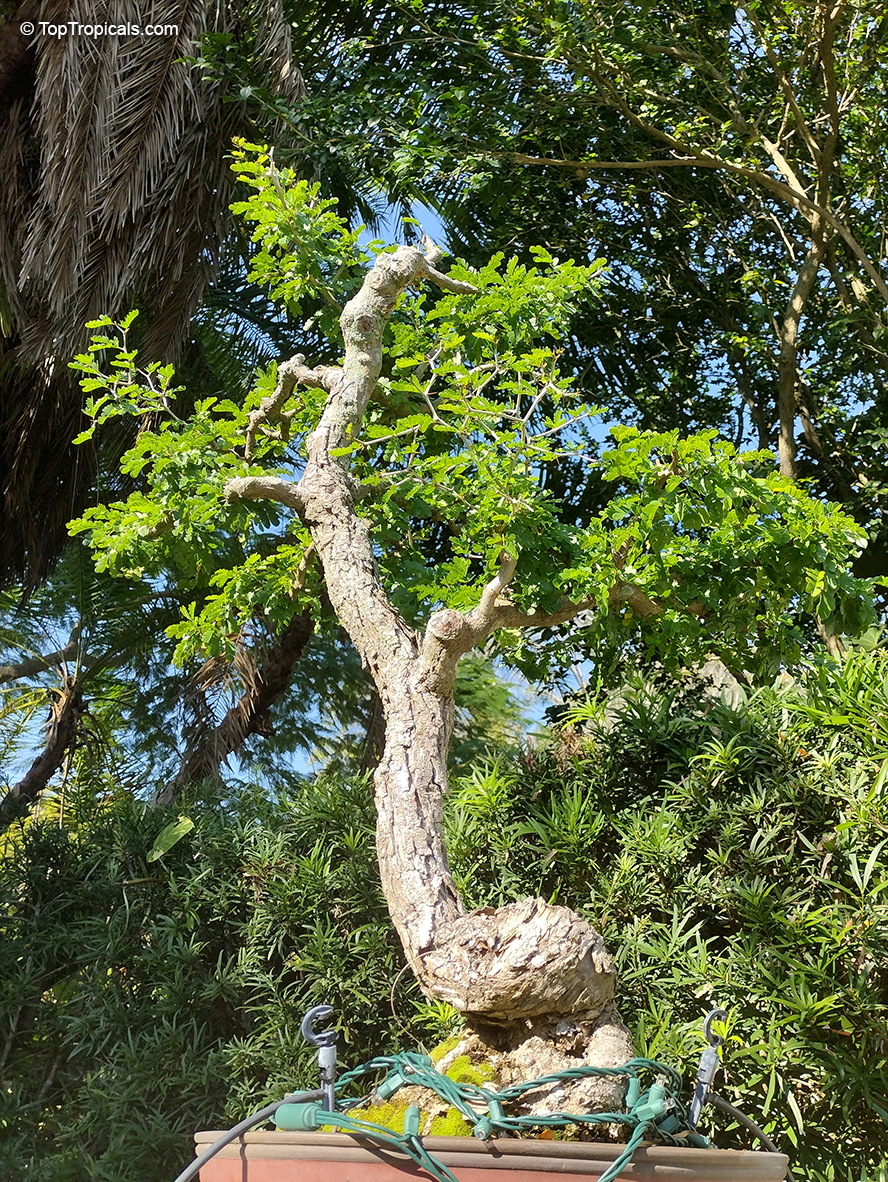
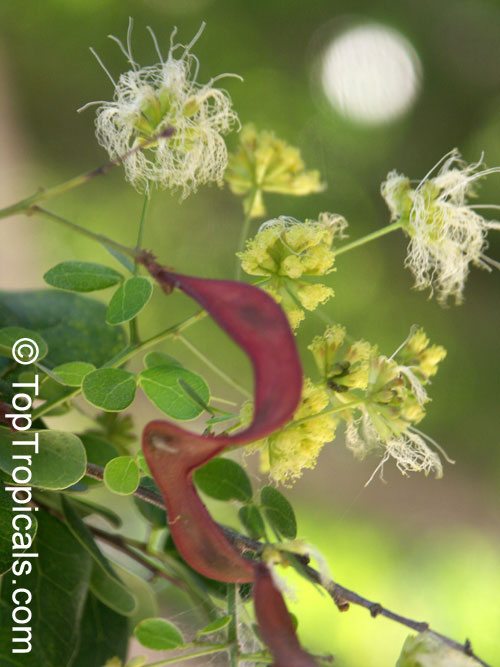
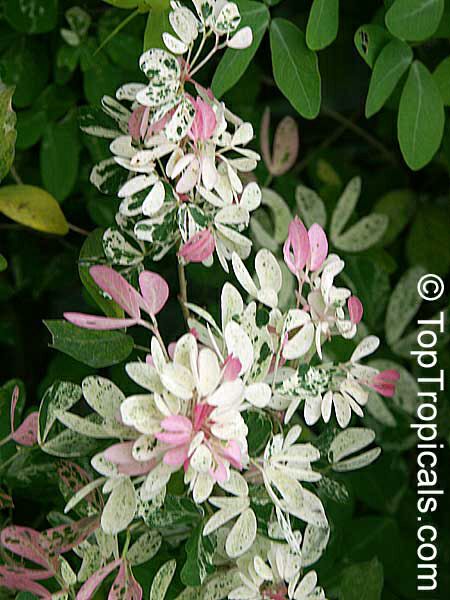
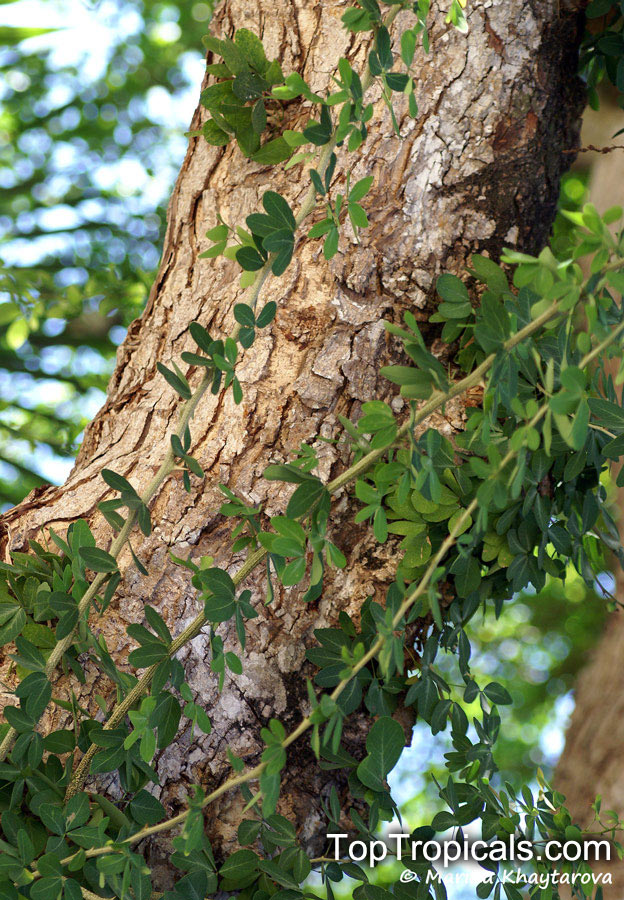

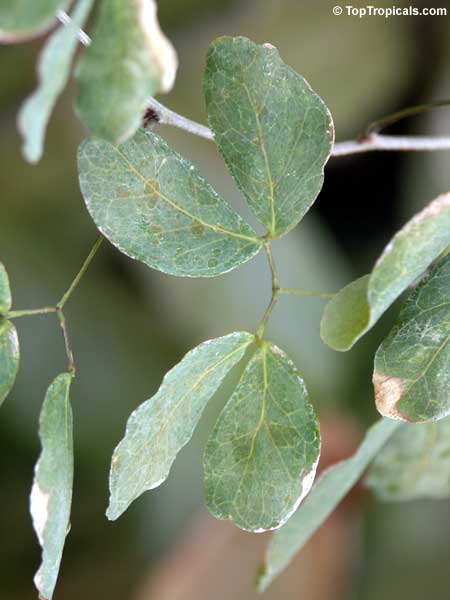
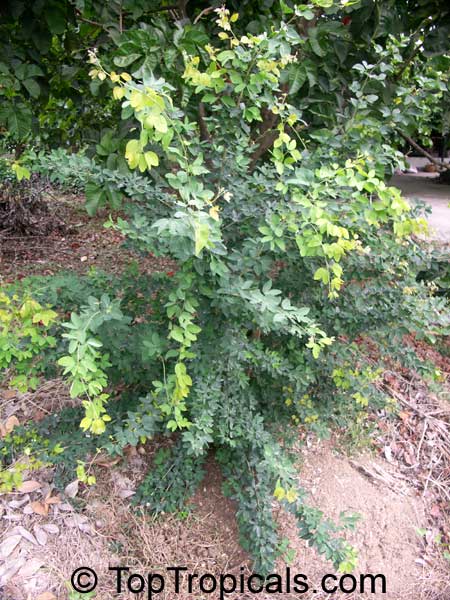
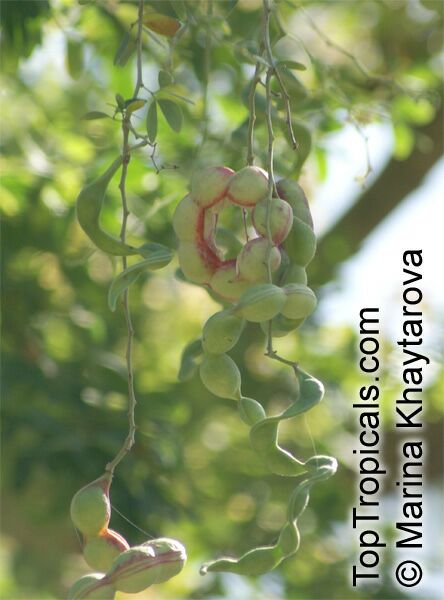
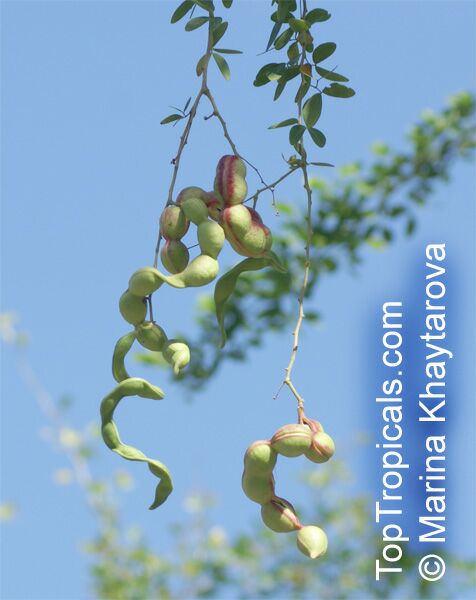
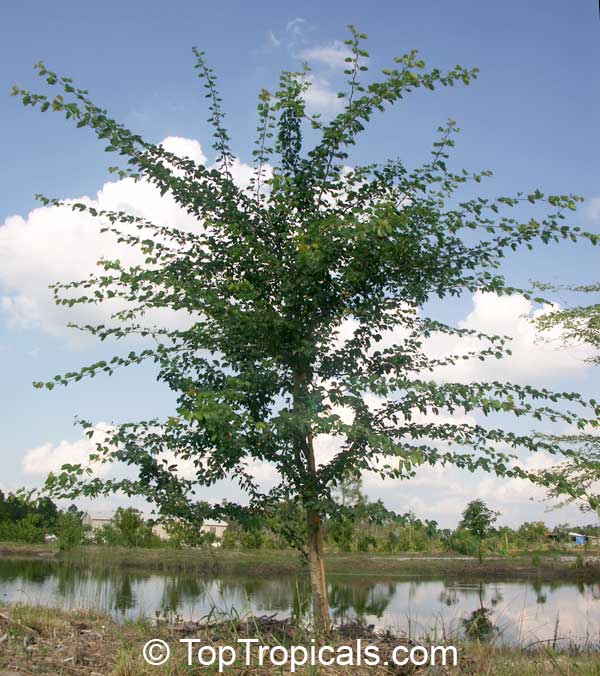
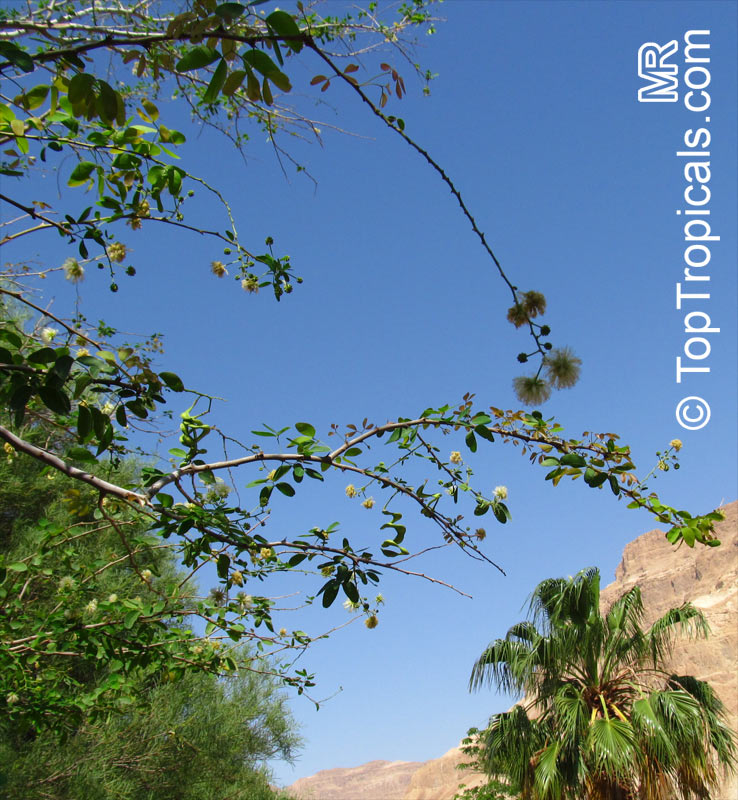
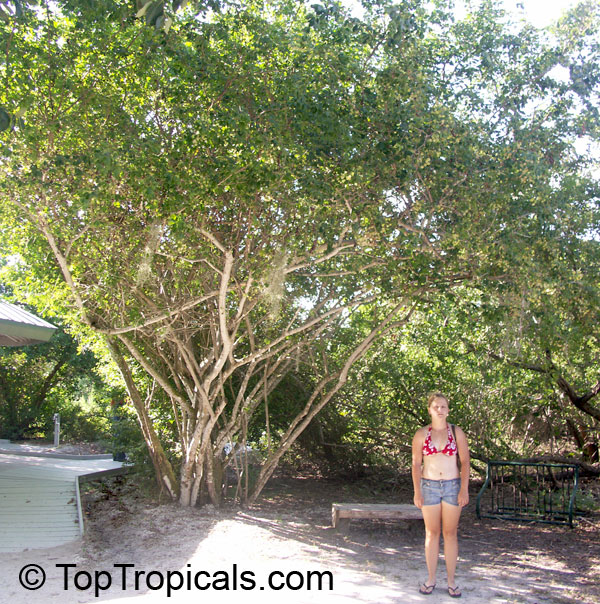
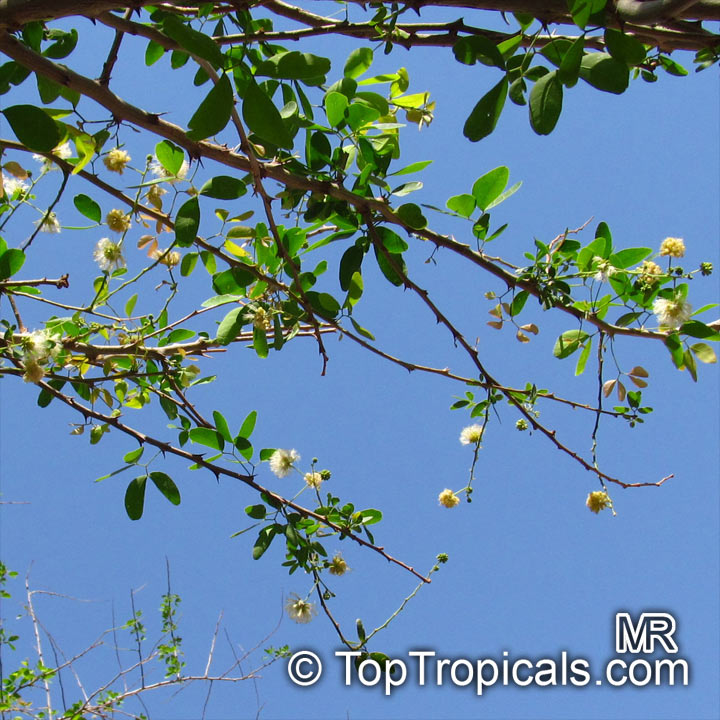
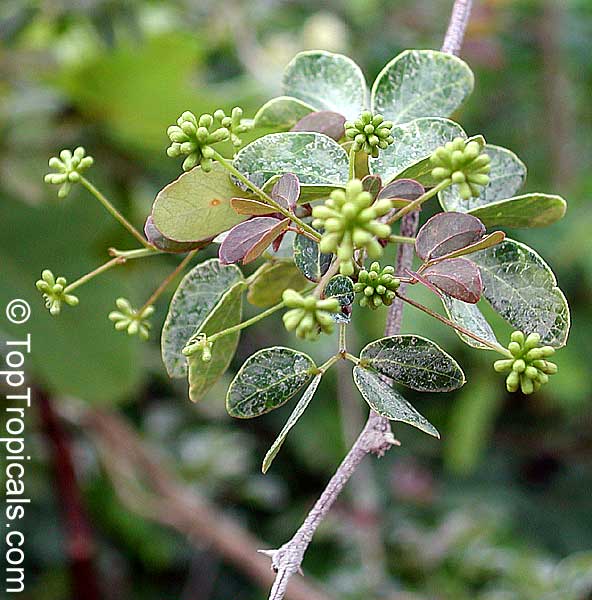
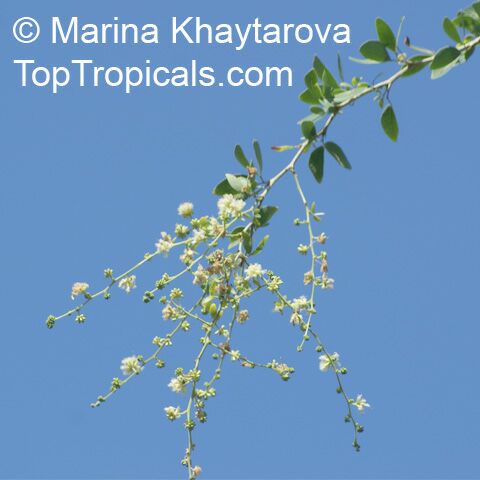
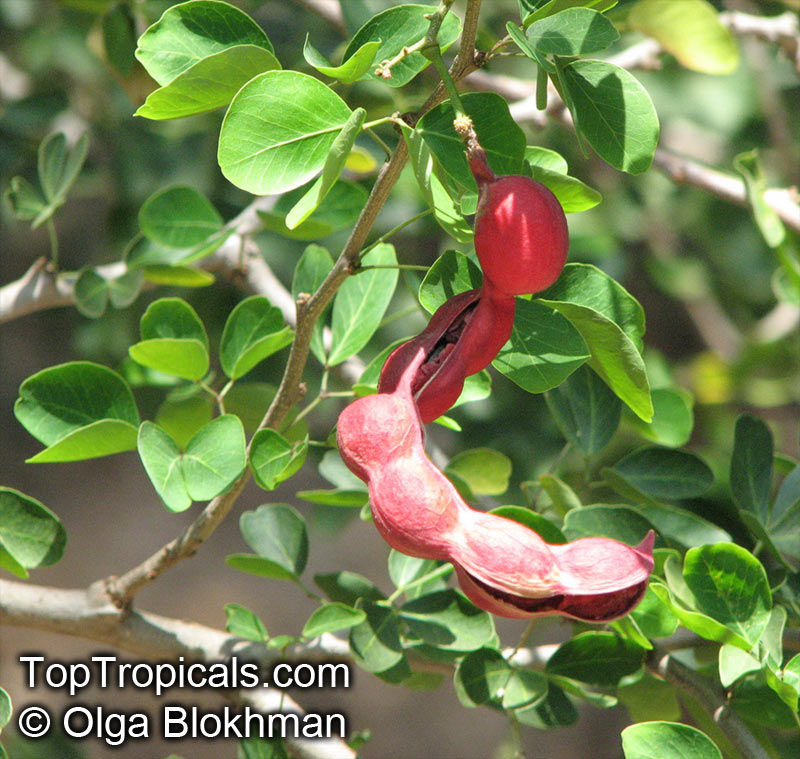
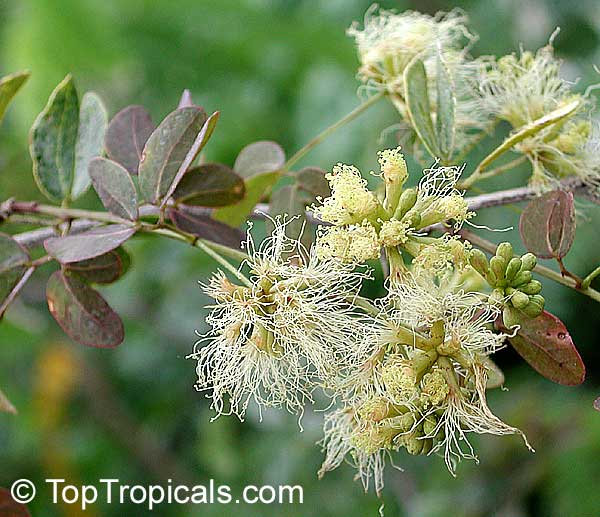
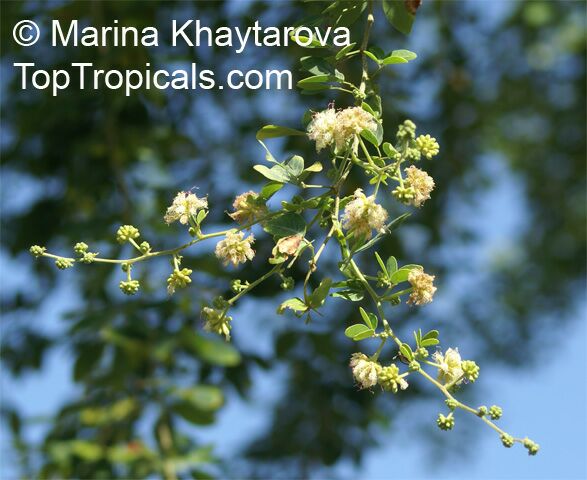
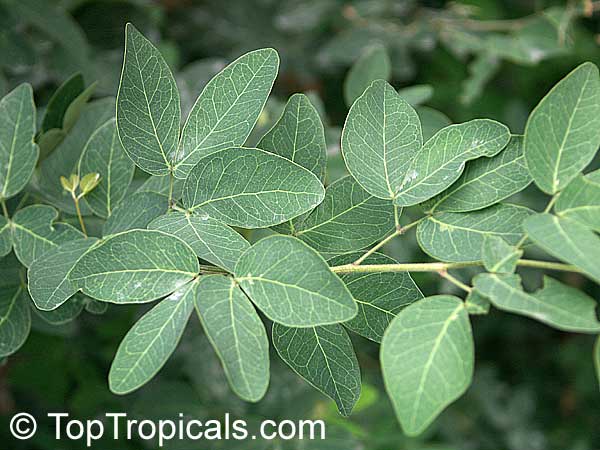

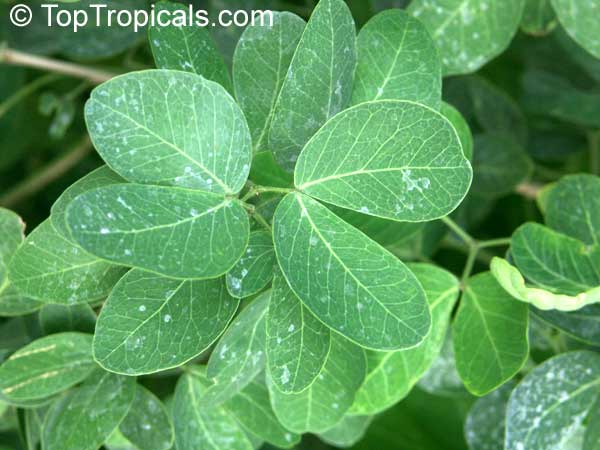
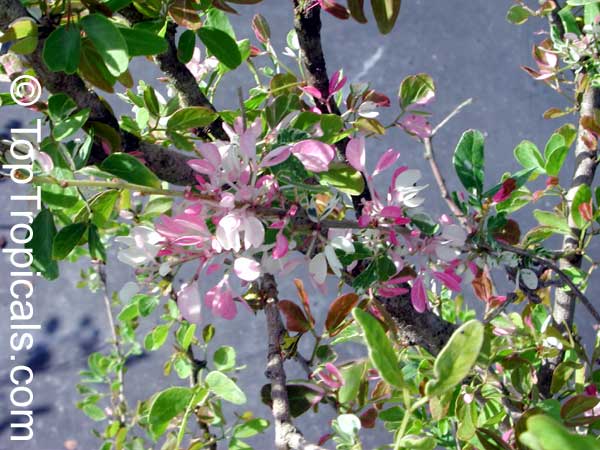
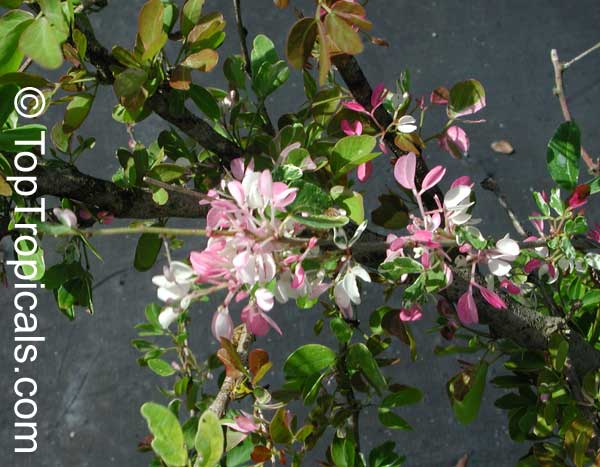
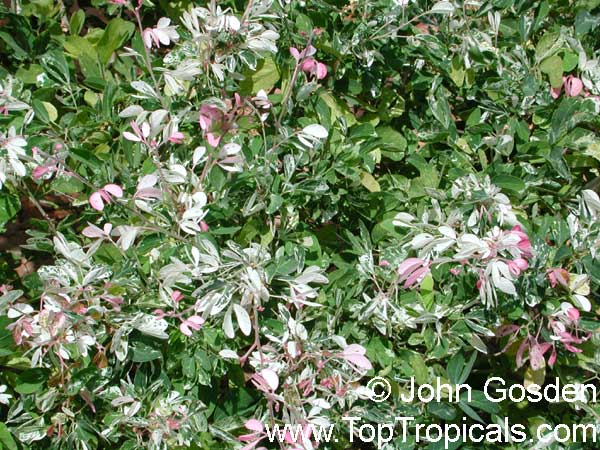
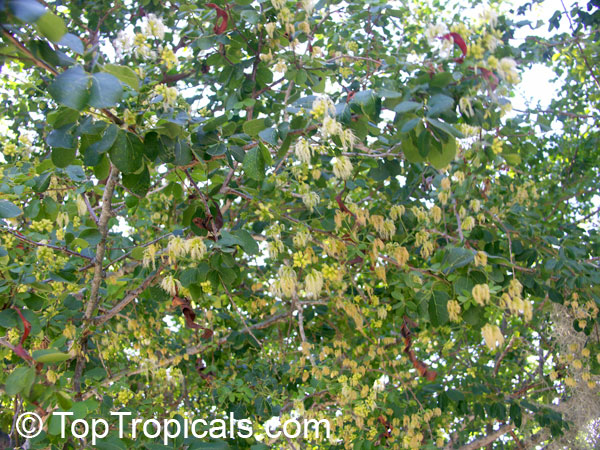

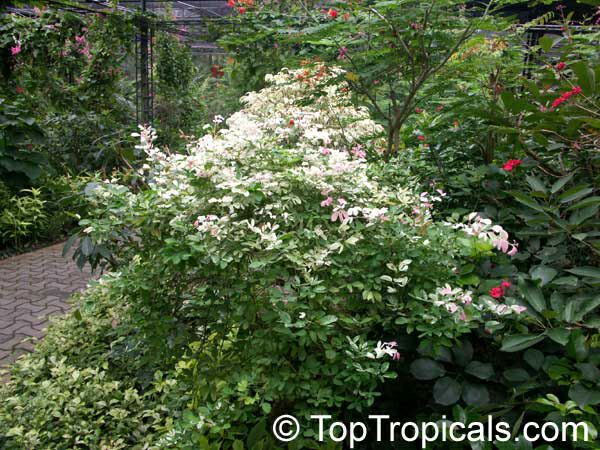
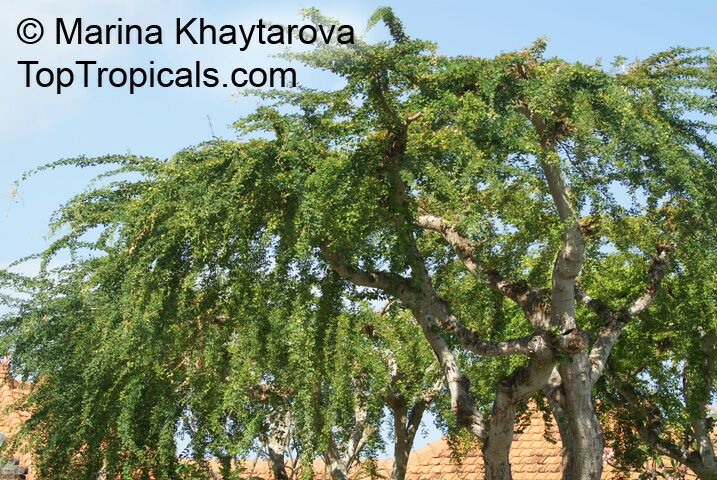
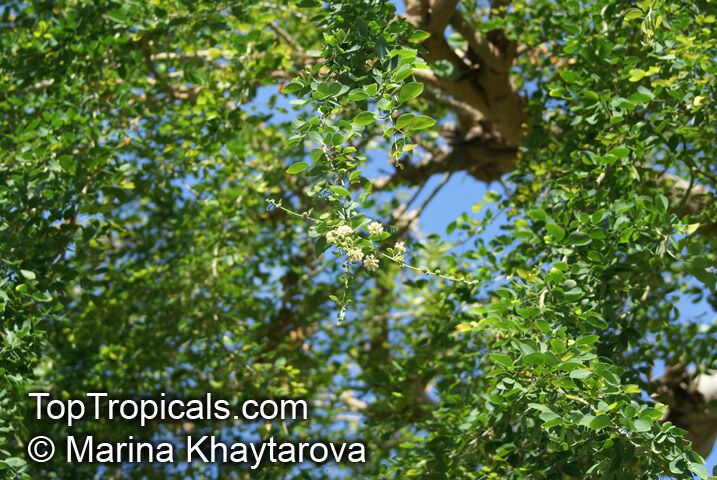
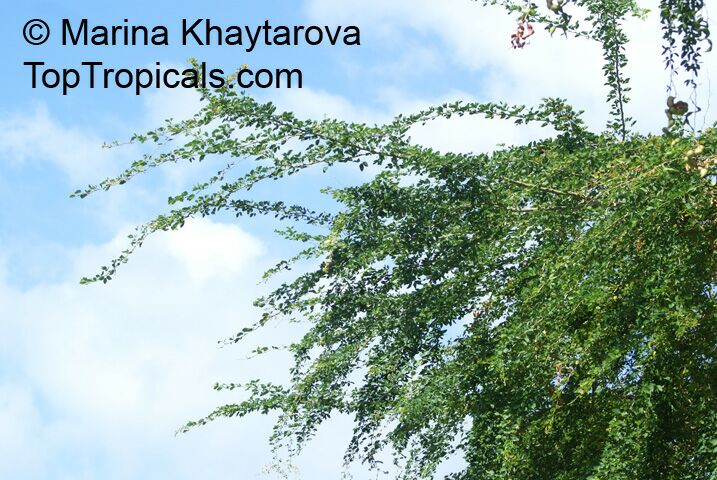
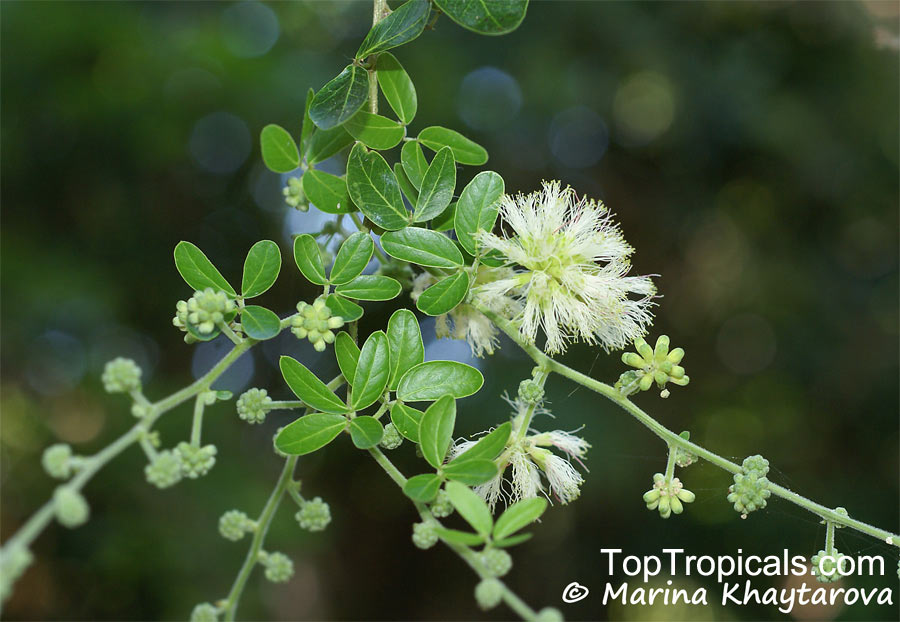
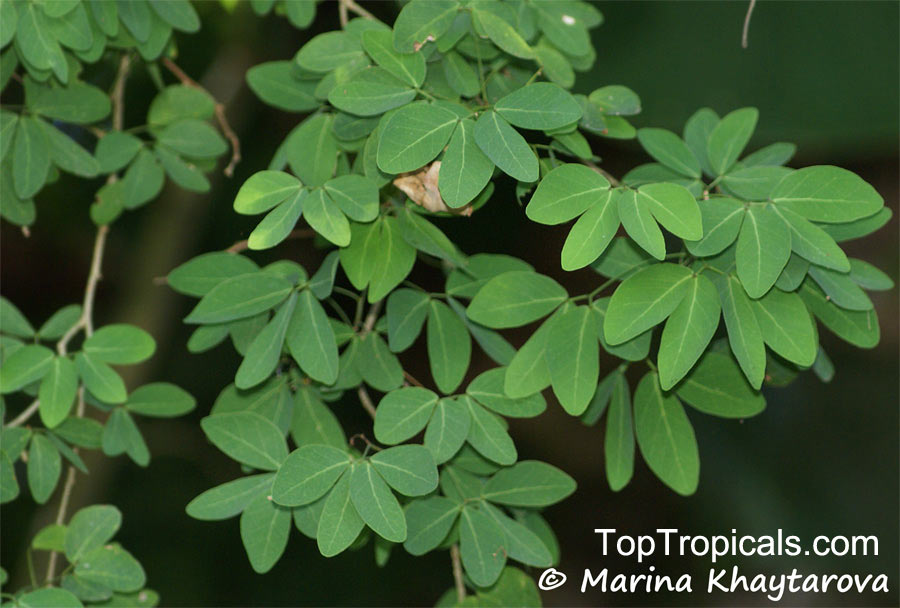
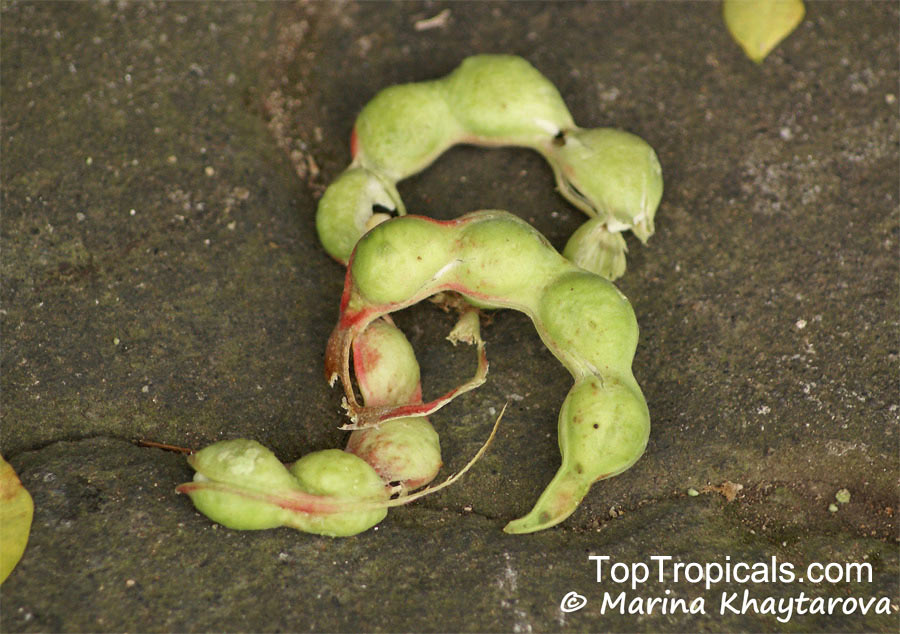
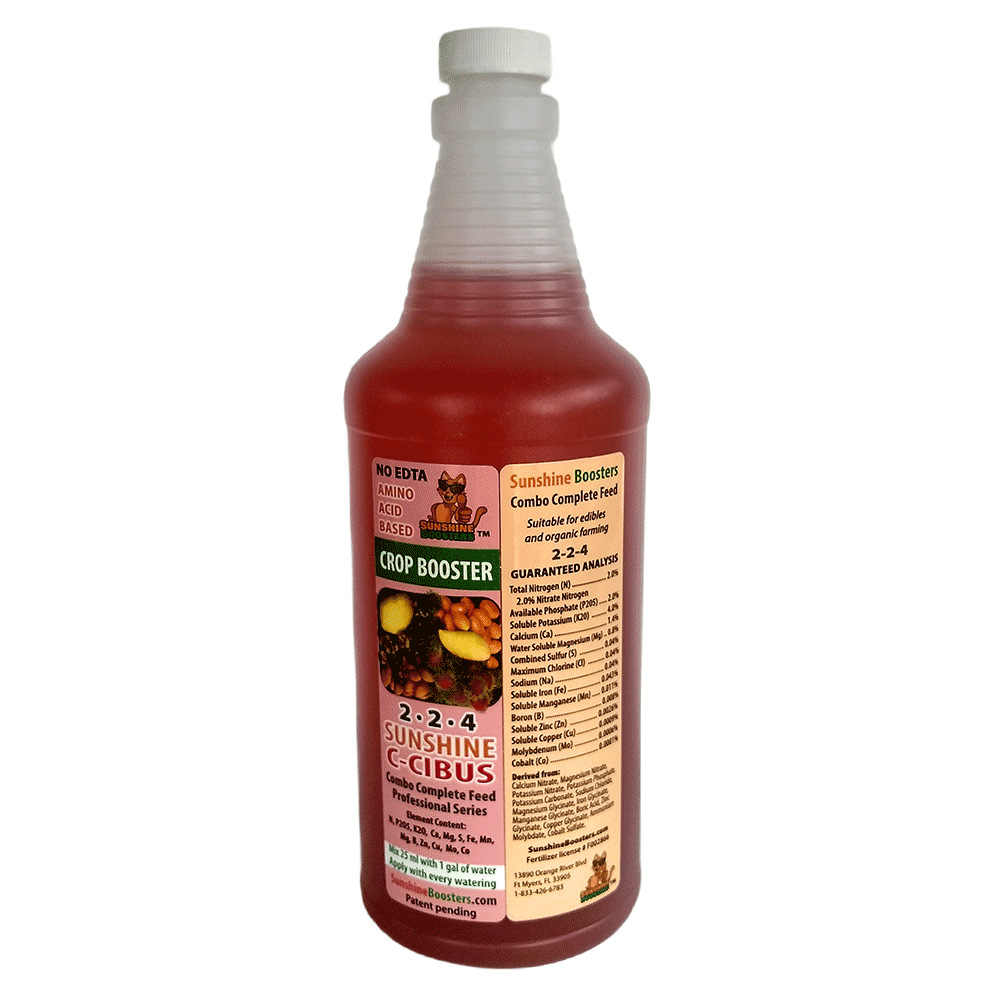 SUNSHINE C-Cibus (NPK 2-2-4) - Crop Booster for every watering.
SUNSHINE C-Cibus (NPK 2-2-4) - Crop Booster for every watering. 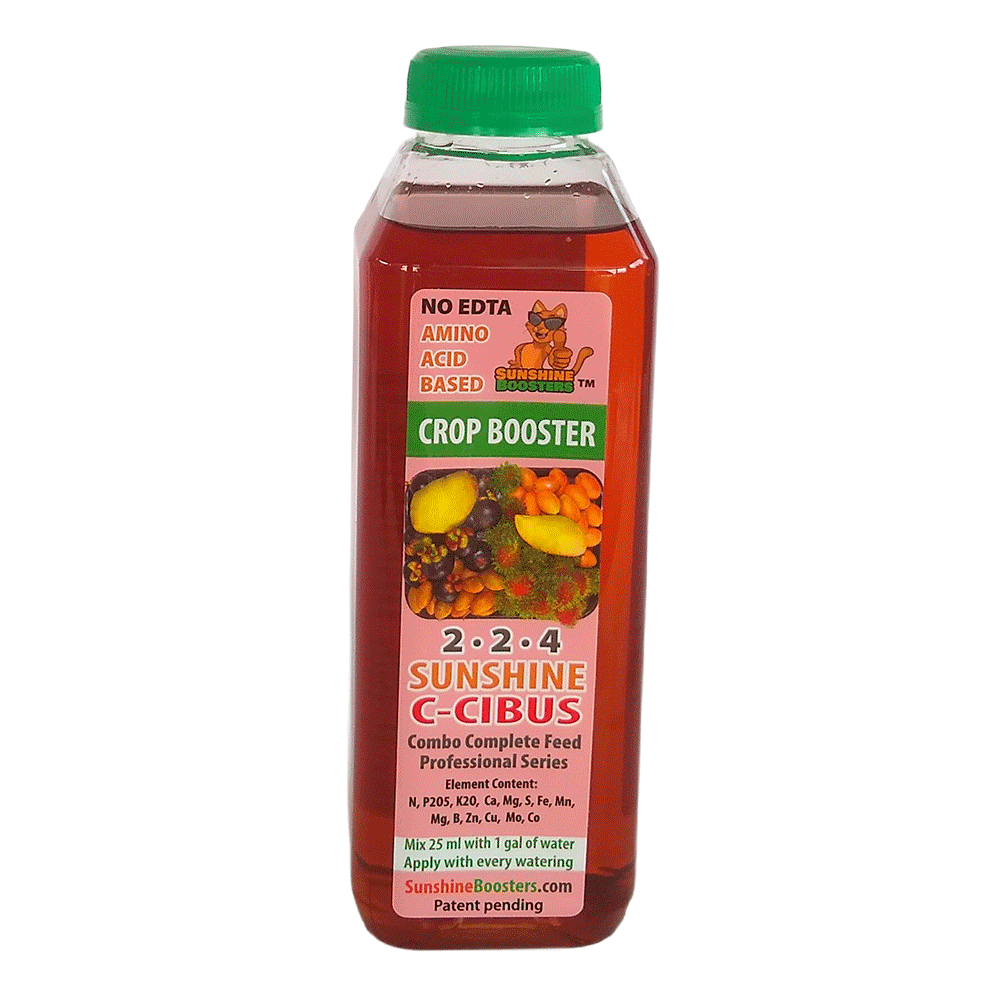 SUNSHINE C-Cibus (NPK 2-2-4) - Crop Booster for every watering.
SUNSHINE C-Cibus (NPK 2-2-4) - Crop Booster for every watering. 